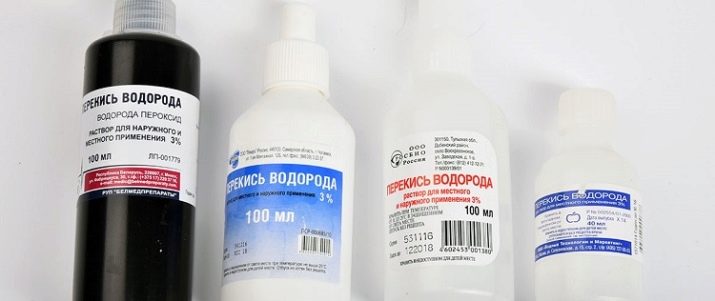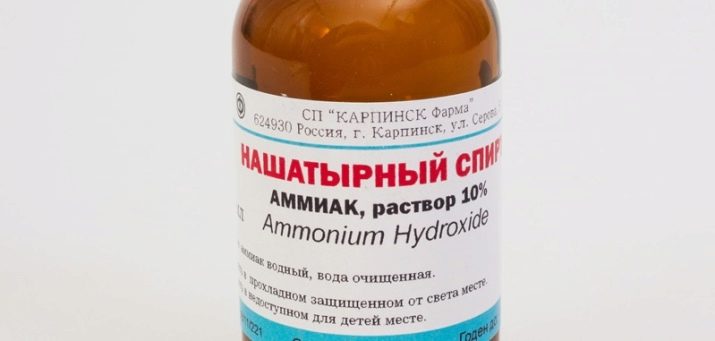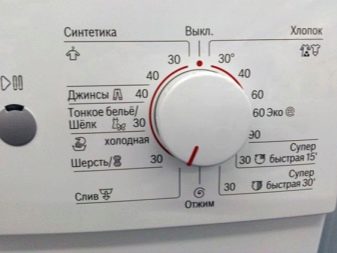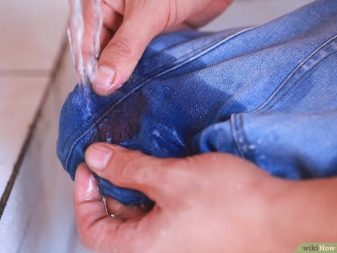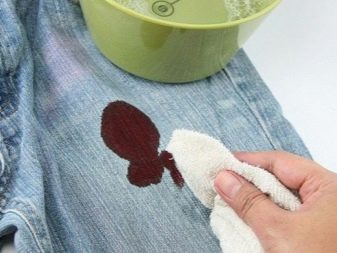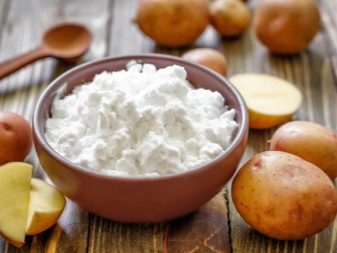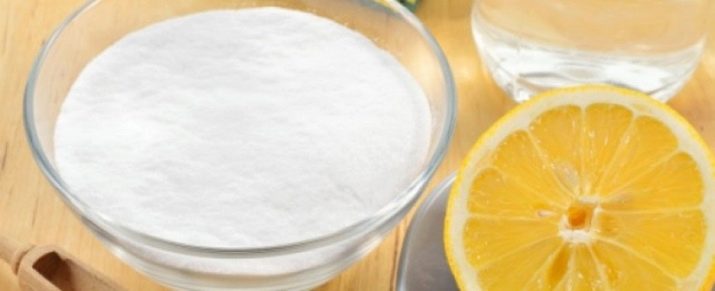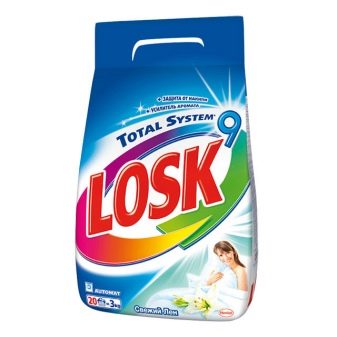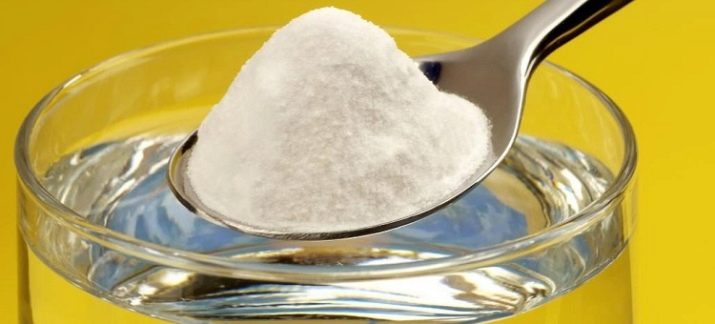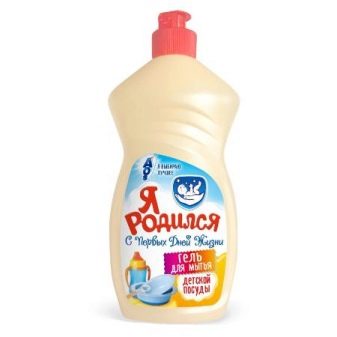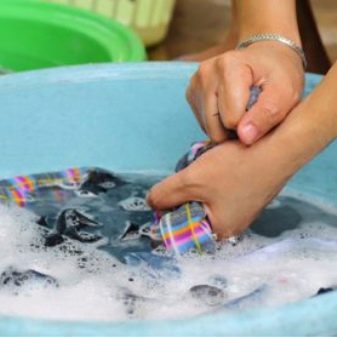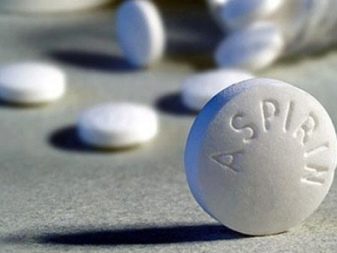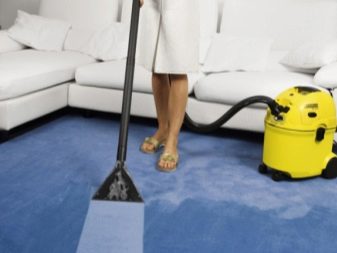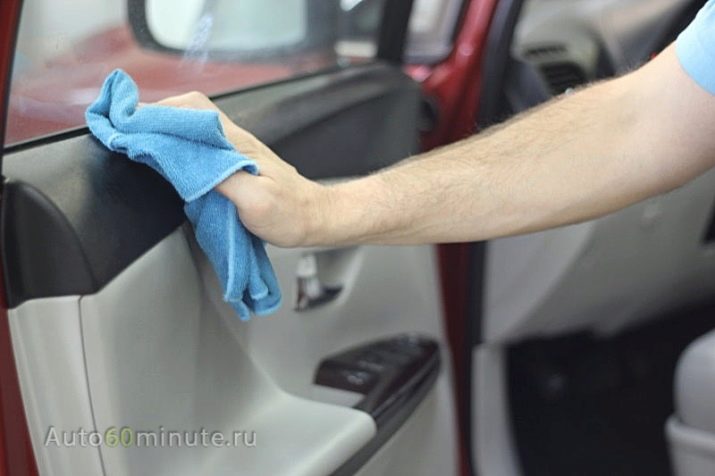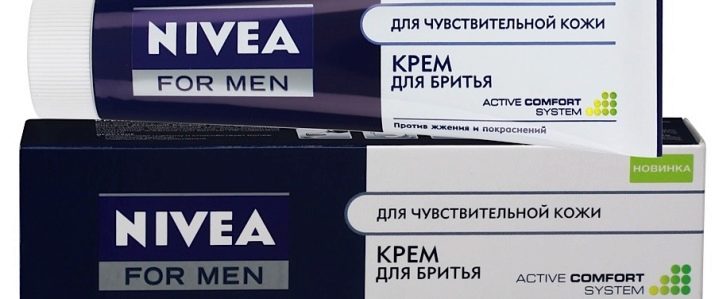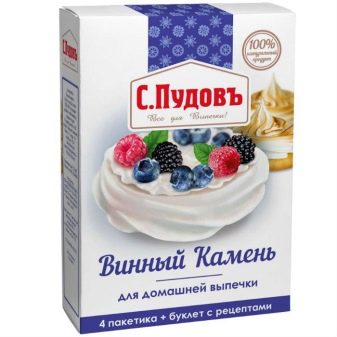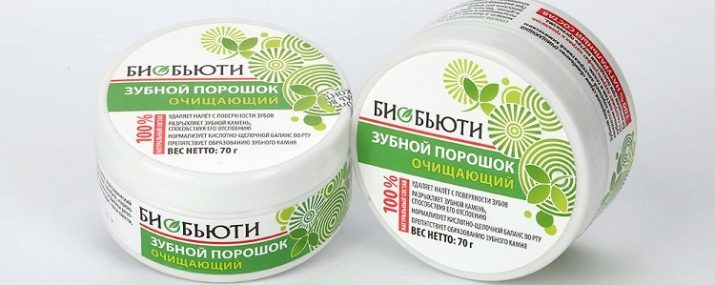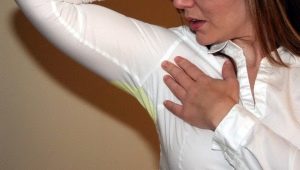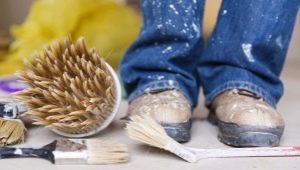Blood stains on clothes and furniture: effective means and methods of washing
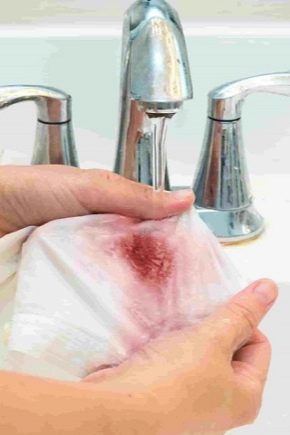
Blood pollution - one of the most difficult, this feature lies in their biological nature. Bringing biological stains from clothing and furniture upholstery is actually not so easy, if you do not know some tricks.
Features
Blood is a protein that tends to curl up from high temperatures, so it is almost impossible to scrub from the clothes fibers. Blood stains should never be soaked and washed in boiling water or hot water. Only in this case there is a chance to get rid of them completely.
Removing stains in a washing machine is somewhat more difficult, so housewives are advised to first wash them by hand in ice water. Like any pollution, the blood is better washed fresh.
Natural fabrics with good absorbency are harder to clean. Remove blood from synthetics (such as micro-velor) is not difficult.
What are the pollution?
All blood contamination can be divided into several types:
- Fresh - they are the easiest to clean.
- Older - removing them is more difficult.
- Baked spots - most often represent a yellow mark on the matter, remaining from the unsuccessful washing in hot water.
What can be washed?
When removing blood contaminants, hydrogen peroxide has proven itself well. This is one of the most effective means for removing blood traces, which can be found in any first aid kit. Antiseptic solution poured directly on an old stain to completely saturate the fibers of the fabric. After 10-15 minutes, the product is rubbed with laundry soap and left for some time.
Peroxide is ideal for processing dense materials, such as bed linen. But thin delicate fabrics, silk shirts, he only hurt. Peroxide has oxidizing properties, so leaving a hole in matter is worth nothing to it.
The tool can be called ideal for bright things. On colored fabrics, it may work aggressively, so before processing it is necessary to conduct a test on an inconspicuous area.
It is also considered an excellent tool to launder blood stains. ammonia. Rinse the place you need to rinse with cold water and soak in a solution of 1 tablespoon of ammonia and a glass of liquid of similar temperature. The stain itself is also rubbed with ammonia using a cotton pad. An hour later, the thing can be washed in the traditional way in the powder.
In order not to spoil expensive fabric, you can test the tool on an inconspicuous part of the product.
In the washing machine
Experienced housewives are aware that removing blood stains from clothes in a washing machine is quite difficult. But knowing some tricks, the effect of such a wash can be quite good.
The hardest thing is to set the right washing mode. Already at 40 degrees the blood is baked and eats into the fibers of the fabric. Therefore, when choosing a program, you should prefer the smallest temperature. A small amount of salt or ammonia is added to the detergent, but special stain removers are most effective for biological contaminants.
To qualitatively clean the blood from the product, it is necessary to take into account the type of thing and the characteristics of the material.
To remove the traces of blood from jeans is easy if the freshness of the stains is obvious. When they dry up, the situation takes a different turn. You can try more than one method before the hated bloody stains disappear.Fresh pollution does not need to be rubbed, it is even more conducive to eating spots. Place a clean towel moistened with cold water under it and let it absorb excess blood.
Rinse the towel under running water and repeat the manipulations until it stops absorbing blood. At the first opportunity, soak the product in cold water for half an hour. After that, it is enough to wash the jeans in the washing machine, adding a stain remover.
Frozen stains can be removed without a trace with the help of seasoning for marinating meat. For this, a teaspoon of spices is diluted in a small amount of water to a slurry state. Using a clothes brush, gently apply the product to the stained area and leave for half an hour. Blood is a protein, so spices for softening meat will contribute to its removal from jeans.
Fighting the stains on a T-shirt, sweater or shirt is also real, if you time the product in cold water. For these things housewives use potato starch. It is mixed with water to the consistency of sour cream and applied to a stained place, then rinsed and washed in the classical way.
Cleaning outerwear is somewhat more difficult due to the density of the material. Jacket or coat is soaked in ice water, 80% laundry soap and laundry detergent with coenzymes are added to the same grated on a fine grater. The product is left in the soapy liquid for 60-90 minutes, then rinsed in clean water.
When eliminating blood stains from bed linen, it is wiser to first soak that part of the product where there is the most dirt. So you will be able to avoid the spread of stains throughout the fabric. Most of the dirt on the laundry is successfully removed with coenzyme powder and soap.
Delicate fabrics require more gentle cleaning. In this case, in cold water, dissolve a couple of tablespoons of a transparent shampoo and the same amount of salt, apply the solution on a silk sheet or other product. The mixture is allowed to penetrate the fabric fibers, rinsed and washed in the traditional way.
Colour
The method of removing stains primarily affects the color of the product. Bloody divorces are especially unpleasant on light things. When removing contaminants, it is worth carefully following all the recommendations in order not to leave a yellow mark on the blood leaking, otherwise there is a risk of permanently spoiling your favorite thing. Even a barely noticeable mark on a white blouse or a shirt can be a fat spot on your reputation.
In the fight against stains on white things, lemon juice and baking soda have proven themselves. No less relevant are active chemicals, such as:
- chlorine-based bleach;
- special stain removers;
- powders to remove biological contaminants;
- ammonia;
- ammonia solution
Colored fabrics require a slightly different approach. Chemicals should be designed specifically for colored products, as indicated in the instructions on the package.
Manually
To eliminate most stains, a washing machine is absolutely not required. Modern detergents and traditional methods can effectively remove red stains in the home.
Soak and wash any products only in cool water, for this there are several ways:
-
A fresh stain can be washed off much easier - quickly wash it off under cold running water, and then put it in place with soap. To do this, carefully rub the area of contamination with soap and leave for 2-3 hours. After that, just rub a little place where there was blood, and make a rinse.
-
For effective removal of dried contaminants, clothes are soaked in cold water for half an hour, then changed by adding laundry detergent or stain remover. The best option - if the tool is designed to remove biological contaminants.
-
Not bad way to soak in salted water. Cool water is poured into a basin and so much salt is poured so that the water is slightly salted.A soiled thing is immersed in the solution and left to stand for several hours. Wash with any suitable detergent in lukewarm water.
-
If after staining in cold water with soap the stains still remain, you can resort to the good old means - soda ash. It is effective against many old spots. To prepare a solution, 50 g of soda is diluted in a liter of water, the contaminated thing is soaked in it and left for 7-8 hours. Wash and rinse the item in the classic way. Soda ash is completely replaceable food.
Rinse products better in warm water. Hot is permissible only if the contamination is completely gone.
Furniture and other things
It is somewhat more difficult to wash the bloody dirt from the fabric upholstery of the car or on the couch than with clothes or linen. Upholstery is not possible to wash. But quality cleaning methods still exist.
Fresh stain can be washed with soap. The following manipulations are carried out: the cloth is moistened in cold water and by simple mechanical movements they try to remove the pollution. After that, it is necessary to wet the fabric in a concentrated solution of soap and process the remnants of the blood trace. Periodically you can wash the cloth under running water.
If the stain is withered, it is worth resorting to the dishwashing gel. The cleaning method is as follows: the gel is diluted in ice water in proportions of 1: 2. A sponge is dipped into the solution and slightly moistened with a blood stain and left for half an hour. Next, the stained place is gently processed with a toothbrush. Too zealous is not worth it, so that the stain is not even more ingrained in the material. At the end of the cleaning agent should be washed off with a damp sponge.
Ordinary aspirin works well for carpets and furniture in light shades. The tablet is crushed into powder and stirred in a glass of water. In the resulting solution dipped cotton swab and wipe the blood stains. The method is relevant for wool products, mattresses, carpets.
To eliminate the old dirt from the upholstery of the sofa, the mistresses recommend a mixture of borax and ammonia. Need two basins. In one mix a spoon of salmon with a glass of water, in the other - the same amount of borax and liquid. In the cleaning process, the sponge is moistened in one solution and applied to the contamination, a similar procedure is done with another solution. The remains of the mixture is removed with a dry sponge.
The lining of artificial leather is relevant in modern furniture and car showrooms. To get rid of the bloody stains, you can use the following recipe. For a glass of water take ½ teaspoon of dishwashing and a tablespoon of ammonia. Mix all ingredients and apply on the stained area. Treat the place with a toothbrush. Wash off residues with a damp sponge. For long-standing pollution, such manipulations will have to be repeated.
Genuine leather requires a more delicate approach. Effective and the previous solution for artificial skin. The ingredients are mixed to obtain a thick foam and spread on leather upholstery. The treated place is left for some time, after which the sponge is moistened in the mixture and gently wipe the stain. The remains of foam are removed with a clean cloth and wipe the place of the former pollution with a dry towel.
Derive red stains from the skin relief is really using shaving cream. For this, the foam is carefully rubbed into the surface and left for a while. Wipe clean with a damp cloth.
At home, you should use the tartar. It is mixed with lemon juice in proportions of 1: 2. The resulting mixture should be similar in consistency to the paste, which is applied to the stain. It is carefully rubbed. After 15 minutes, everything can be removed with a damp sponge and wiped with a dry towel. For stubborn stains, the procedure is repeated many times.
If the stains on the carpet are very old, you can use bile soap. This stain remover is able to remove any dirt, including blood.The stain is abundantly moistened with water and applied, leave for an hour. A stiff brush is used to treat the stained place, and a residual product is removed with a damp sponge or cotton pad. After which the carpet can be vacuumed and dried. This tool is relevant for both natural and synthetic products. Hand-made floor covering is best left to professional dry cleaning.
Before you remove the stains from the wallpaper, you need to get rid of dust on the wall covering. Best to use a vacuum cleaner. If you leave dust, when they are soaked, dirt drips.
To remove the stain from paper canvases, you can use hydrogen peroxide. A cotton pad is moistened with it and gently wipe the place of contamination. Under no circumstances should one rub the blood stains, single-layer wallpaper is too delicate material. If after drying, traces of stains are still present, it is worth repeating the treatment.
Alcohol or nail polish remover is also effective in combating blood stains. Instructions for their use is similar to the method with peroxide. But it is necessary to take into account that these funds are more aggressively affecting any coverage.
The main advantage of vinyl wallpaper - the ability to wash them. For this type of wall coverings, there are special tools, but if they are not at hand, you can resort to popular methods.
Dental powder is diluted with water to a thick cream. The resulting slurry is applied in a thin layer to the place of contamination. After 24 hours, residues are removed with a soft brush. The powder can be used even for the cheapest versions of non-woven base wallpaper.
Recommendations
Useful when removing stains expert advice:
-
Even if the old spots are deeply eaten into the structure of the fabric, do not give up. There are lots of chemicals that are effective against biological contamination. The option that one of them will work is completely real.
-
The yellow mark left over from unsuccessful attempts to wash the blood does not mean that the product should be thrown away. You can always beautifully decorate the stain with embroidery, a spectacular insert from another fabric. As an option - it is interesting to reshape the product. The stain on the carpet is successfully camouflaged with the help of a coffee table, you can sew a cozy cover on the sofa.
For information on how to easily remove the blood stain, see the following video.

